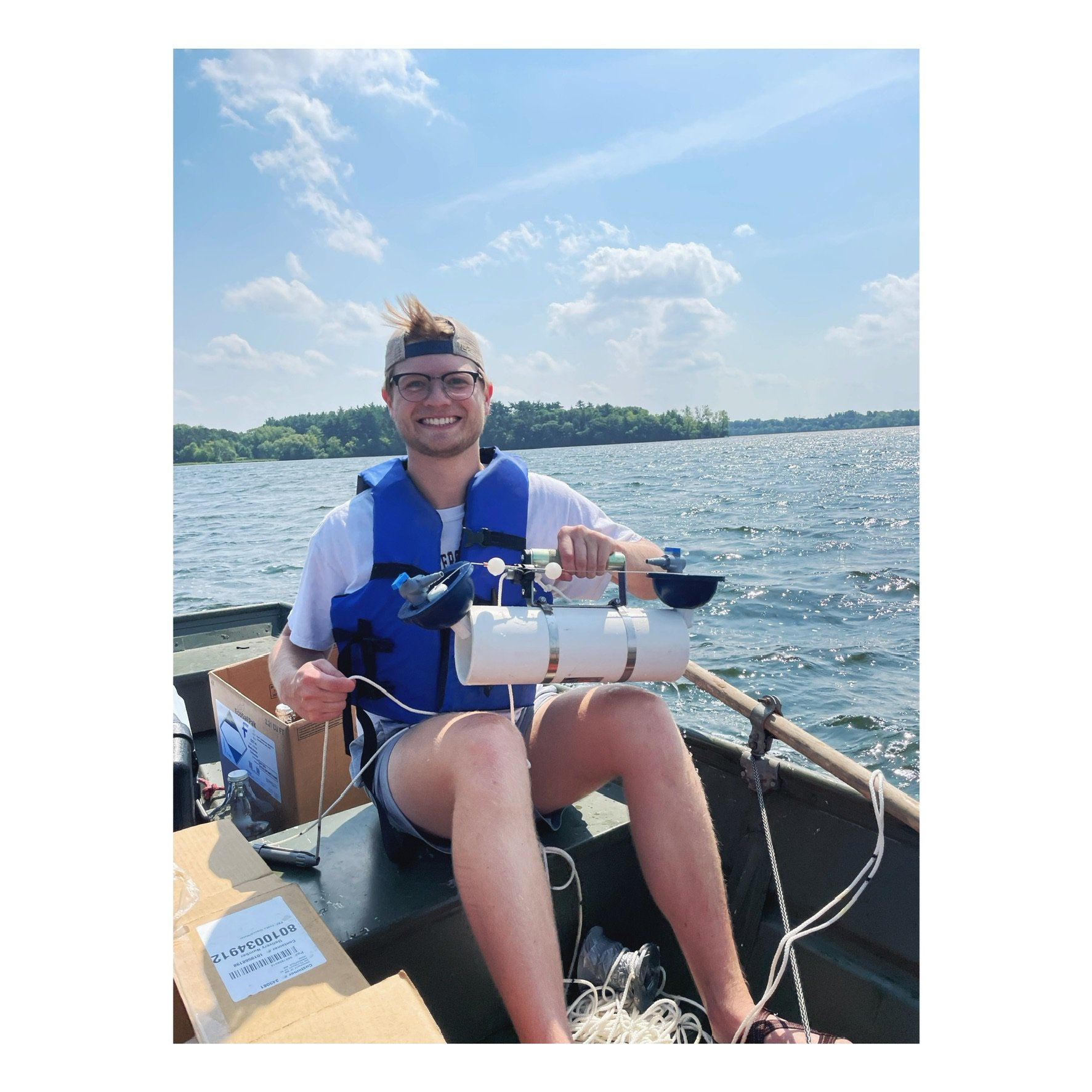Microalgae, including cyanobacteria, are a common component of aquatic ecosystems and can have significant impacts on the quality of drinking water. Cyanobacteria can produce harmful algal blooms (HABs), which can release toxic compounds that pose a risk to human health and aquatic life. It is important to monitor the presence and abundance of microalgae, especially cyanobacteria, in drinking water sources to ensure the safety and quality of drinking water.
Gene sequencing and real-time quantitative polymerase chain reaction (RT-qPCR) are widely used methods for monitoring microalgae, especially cyanobacteria, in aquatic ecosystems. Gene sequencing provides information on the genetic diversity and abundance of microalgae, including the presence of potentially toxic species, while RT-qPCR provides a rapid and quantitative measurement of the abundance of specific microalgae. By combining these two methods, it is possible to get a comprehensive understanding of the microalgae community in drinking water sources, which can help to prevent HABs and ensure the safety and quality of drinking water.
In this study, we used gene sequencing and real-time qPCR to determine the presence and abundance of microalgae, especially cyanobacteria, in a drinking water treatment plant raw water source (lake water) over the course of a year and a half. The results of this study will provide information on the seasonal variations of microalgae in drinking water sources and the potential risk of HABs, which will be important for improving the monitoring and management of drinking water quality.






